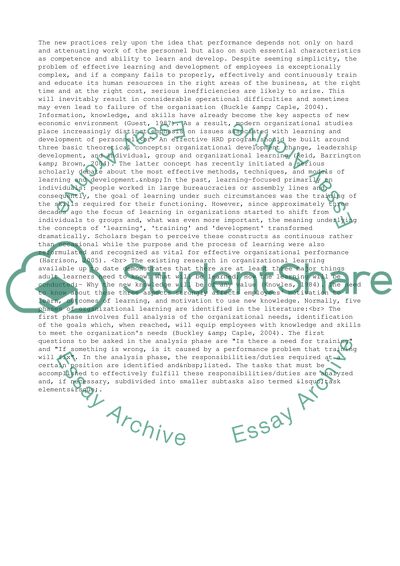Cite this document
(A Handbook for Personnel Management Practice Term Paper, n.d.)
A Handbook for Personnel Management Practice Term Paper. Retrieved from https://studentshare.org/management/1523651-organisational-learning-and-development
A Handbook for Personnel Management Practice Term Paper. Retrieved from https://studentshare.org/management/1523651-organisational-learning-and-development
(A Handbook for Personnel Management Practice Term Paper)
A Handbook for Personnel Management Practice Term Paper. https://studentshare.org/management/1523651-organisational-learning-and-development.
A Handbook for Personnel Management Practice Term Paper. https://studentshare.org/management/1523651-organisational-learning-and-development.
“A Handbook for Personnel Management Practice Term Paper”, n.d. https://studentshare.org/management/1523651-organisational-learning-and-development.


